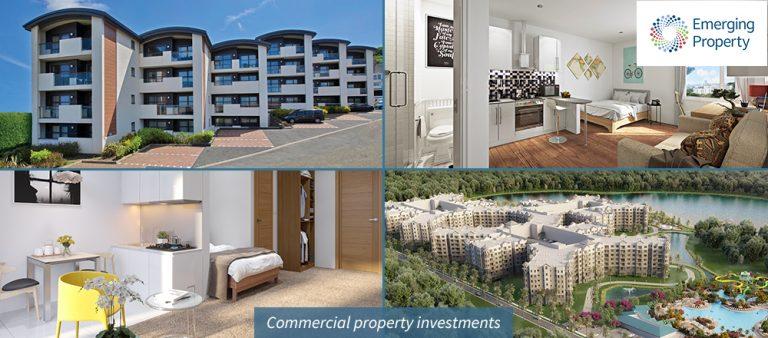
It’s a commonly-held belief that higher rewards involve higher risk, something that the instinctively risk-averse might find off-putting. But the adage isn’t strictly true, as we’ll show in this article. If you just follow a few simple steps, you can cut the risk in a property investment to the barest minimum – and reap some serious rewards.
Step 1 – stay away from residential
Some potential investors who are wary of the volatility of stocks and shares seem to think that residential property is the way to go instead – “You can’t go wrong with bricks and mortar…”
This is no longer the case.
For a start there’s the serious increase in buy-to-let problems brought about by rising house prices, legislation, licensing, Stamp Duty surcharges and a growing tax burden.
And if you’re considering a residential property as a vehicle for capital growth, this is in fact a very high-risk approach. The residential property market is hugely susceptible to external forces and you could end up with your capital locked into an asset you can’t move on without incurring a substantial loss.
An investment property needs to yield consistent income from settled, long-term tenants and there should be solid prospects for appreciable capital growth.

Step 2 – investigate commercial property options
Commercial property to the uninitiated will probably mean shops, offices, industrial units or storage pods. It surprises many to find out that the biggest returning UK investment opportunities are serviced apartments and purpose built student accommodation – if they’re in the right place. You should look for a location with high rental demand and a scarcity of suitable properties.
Because developments in these sectors tend to consist of 100+ units, costs can be spread thinly across a lot of owners resulting in purchase prices which compare favourably with a buy-to-let mortgage deposit.
Remember, commercial property is just a box which earns its owner money; that’s a prospective buyer’s sole consideration when you choose to resell. If your property has a demonstrable history of regular income delivery, it will attract global interest.
Step 3 – check your safety nets
And, giving the lie to old saying, the highest-yielding apartments and student properties can also require the least risk on your part.
Some of the more enlightened developers choose to make their profit through regular rental income growth rather than via an inflated initial sale price. In these circumstances, they retain the freehold, while you receive 120-250 year leasehold ownership. You will receive an assured annual NET income of 8-12%, contracted directly with the developer who will be your tenant for the next 10 years – the highest yield in UK property for the lowest risk.
And because your developer has a vested interest in your mutual property, they will install a management team onsite 24/7 to run and maintain it, meaning not only is your income secure and sector-leading, it’s totally effortless too. Because it’s fully transferable at resale, it will be very attractive to other property investors around the world, allowing you to make as much as 40% capital growth.
James Harrington, Business Development Manager at sector specialists Emerging Property comments “Of course, there’s no such thing as a totally risk-free investment, we wouldn’t claim otherwise. But we genuinely believe that these fixed income terms provide unmatched owner security as it’s the developer who’s taking on all the risk for the 10-year period. A 10-year build warranty and onsite management provide even further reassurance, meaning our owners won’t have to pay out another penny for the duration of their contract whatever happens – no repairs, no refurbishment, no replacements, nothing.”
This article is sponsored by Emerging Property, please find more information here.
